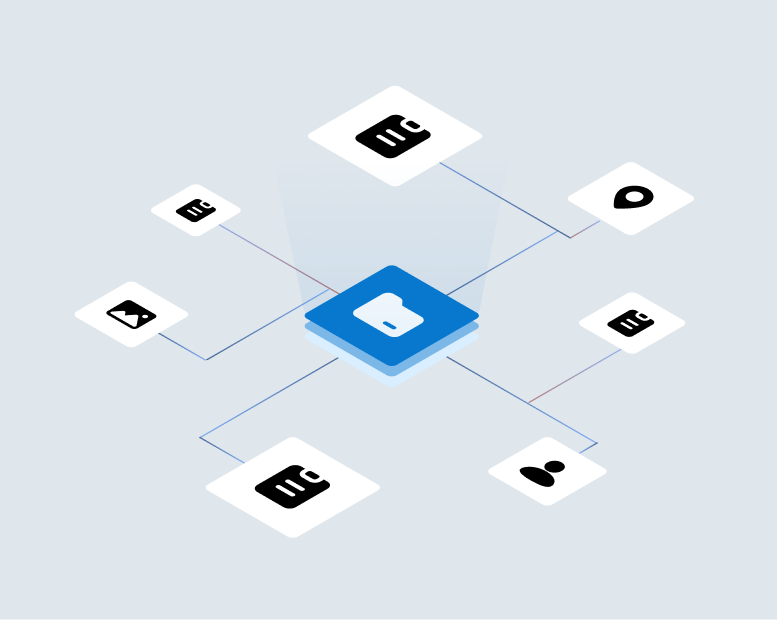Disclaimer: This story is inspired by a real claim, with details changed to protect privacy. It highlights the everyday challenges faced by insurance adjusters.
A musty smell filled the air as I entered the home. My distressed client led me to the kitchen, claiming a burst water line had caused extensive damage. Yet, something felt off. Water hadn’t simply sprayed from under the sink – it had seeped up the walls and baseboards, discoloring paint and weakening the drywall – it was brittle to the touch, this was a much older issue.
I investigated further. Peeling wallpaper, spreading water stains on the basement ceiling below – this was chronic neglect, not a sudden disaster.
Then it got worse.
- Policy Lapse: This gets interesting. The policy had gone inactive for non-payment just weeks before. As soon as it was reinstated, boom, they filed a claim. Just a coincidence, right?
- Maintenance Neglect: The kitchen plumbing was old, with obvious signs of wear and tear – clear signs nobody had bothered with it for quite some time.
- Suspicious Documentation: The single line-item repair estimate they gave me? Outrageously high, like they were trying to wash over anything specific and push the insurance company for every cent possible without reasonable support.
Was this deliberate fraud, or simple ignorance? Either way, alarms were ringing. They’d let a small problem become a major expense, likely hoping insurance would overlook the details. This type of opportunism is sadly common, and given traditional underwriting approaches, it’s almost impossible for an adjustor to do anything about it.
This illustrates:
- Continuity of Coverage: Lapses in coverage are a clear indicator of risky policyholder behavior, as such, carriers should carefully consider whether they should reinstate policies that have lapsed.
- Pre-Binding Scrutiny: Maintenance red flags if done before binding would have enabled more scrutiny and loss avoidance. The challenge is how to cost effectively do so.
- Education & Incentives: Homeowners need to grasp that neglecting maintenance hurts them AND their insurance coverage. Virtual inspections could prompt homeowners to address issues. And incentives to do so (with virtual validation) would also help.
- Data-Driven Detection: Advanced analytics could help flag inflated estimates by comparing them against industry averages and past claims.
It’s hard to prove intent and/or ignorance, but cases like this make one thing clear – even the most straightforward claim might be hiding something. We need better underwriting, smarter use of data, and above all inexpensive, technology driven customer self-inspection if we want to avoid funding repairs for long-neglected problems.


